'Free' EV Charging Still Costs Something

There are plenty of ways to get free gasoline. Unfortunately, most require you to become uncomfortably intimate with advertising to reap any rewards. Converting your vehicle into a mobile billboard for a brand is a good way to convince said brand to foot your monthly gas bill. But you can also sit through hours of digital surveys or ads to encourage companies to part with fuel cards. Either way, it’s free go juice — with a catch.
Volta Industries is attempting to duplicate this model for EV charging, without the need for middle men. The company will allot a certain amount of electric charge time to customers willing to interact with “embedded advertisements” occupying high-end retail zones. While the company has promoted this business model for several years, it only entered our peripheral vision in recent months after securing investments and solidifying its plans.
Despite the phrase “if you’re getting something for free, you are the product” being around since at least the 1970s, it’s infinitely applicable here.
Locations are scheduled to begin popping up this month in Connecticut before Volta turns its focus targeting other U.S. cities. By offering to install and maintain the charging networks of premium retail locations for free, Volta would like to convince companies to offer relevant information and incentives to EV drivers.
Individuals would be able to browse targeted ads for items available inside the store while retailers get to proclaim themselves friends of those people attaching themselves to something green.
Currently, Volta only offers free EV charging on a limited basis. After 30 minutes, the company will begin billing you for the electricity going into your car — as it’s doubtful you’ll spend the full half-hour glued to the station’s integrated screen. But its goal is to maximize the amount of free charging as much as possible by partnering with advertisers — allowing the sites to continue emitting ads when not in use by an automobile.
Other goals include Volta further tailoring its boards to encourage EV adoption and environmentalism in a given area. Of course, it’s really all about the brands, with the company attributing every free mile furnished to the names you’ll see displayed on its screens. Even the 30 minute (per visit) free charging limit is cleverly designed to give customers enough of an incentive to use the chargers with time leftover to do some shopping.
Chargers will be 100- and 50-kW units, with Volta utilizing data modeling and customer behavior tracking to determine the optimal ratio for each location. We also imagine this info will be sold back to advertisers and likely kept on hand to ensure ads can be appropriately targeted. All a customer needs is an EV and the Volta app to participate.
Each round of complementary charging only costs the company a few bucks, with the brunt of the investment going into building and maintaining these stations. Volta claims the cost will be offset by attracting upscale customers to specific locales and hosting them for longer periods of time while sponsoring brands leverage the stations’ presence to generate a meaningful uplift in sales. It doesn’t do much to break the stereotype that EV drivers tend to be high earners, however. Don’t expect to see Volta Charging at the Dollar General, but maybe it’ll make some businesses more money and get people out of their homes.
As previously stated, the first stations will show up in Norwalk, Connecticut in the coming weeks. Volta plans to install 150 stations in cities like Los Angeles, San Francisco, Washington DC and Chicago over the next 12 months.
[Images: Volta]

A staunch consumer advocate tracking industry trends and regulation. Before joining TTAC, Matt spent a decade working for marketing and research firms based in NYC. Clients included several of the world’s largest automakers, global tire brands, and aftermarket part suppliers. Dissatisfied with the corporate world and resentful of having to wear suits everyday, he pivoted to writing about cars. Since then, that man has become an ardent supporter of the right-to-repair movement, been interviewed on the auto industry by national radio broadcasts, driven more rental cars than anyone ever should, participated in amateur rallying events, and received the requisite minimum training as sanctioned by the SCCA. Handy with a wrench, Matt grew up surrounded by Detroit auto workers and managed to get a pizza delivery job before he was legally eligible. He later found himself driving box trucks through Manhattan, guaranteeing future sympathy for actual truckers. He continues to conduct research pertaining to the automotive sector as an independent contractor and has since moved back to his native Michigan, closer to where the cars are born. A contrarian, Matt claims to prefer understeer — stating that front and all-wheel drive vehicles cater best to his driving style.
More by Matt Posky
Latest Car Reviews
Read moreLatest Product Reviews
Read moreRecent Comments
- SCE to AUX They're spending billions on this venture, so I hope so.Investing during a lull in the EV market seems like a smart move - "buy low, sell high" and all that.Key for Honda will be achieving high efficiency in its EVs, something not everybody can do.
- ChristianWimmer It might be overpriced for most, but probably not for the affluent city-dwellers who these are targeted at - we have tons of them in Munich where I live so I “get it”. I just think these look so terribly cheap and weird from a design POV.
- NotMyCircusNotMyMonkeys so many people here fellating musks fat sack, or hodling the baggies for TSLA. which are you?
- Kwik_Shift_Pro4X Canadians are able to win?
- Doc423 More over-priced, unreliable garbage from Mini Cooper/BMW.


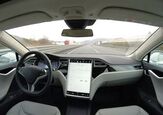
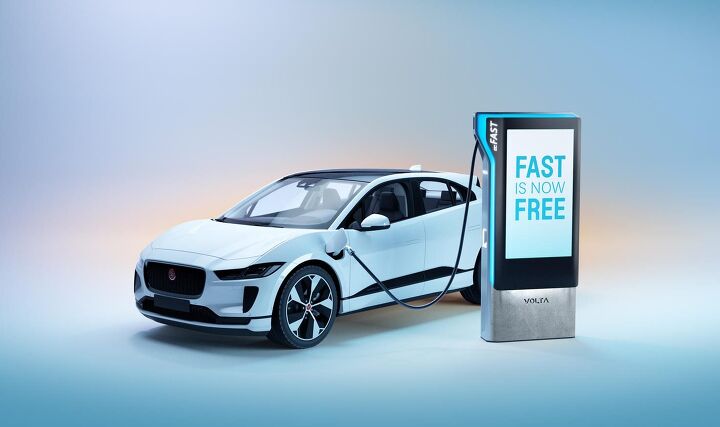














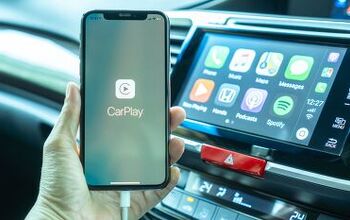


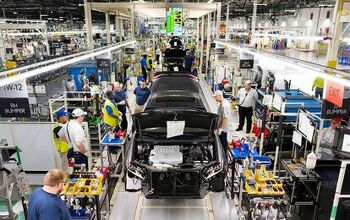

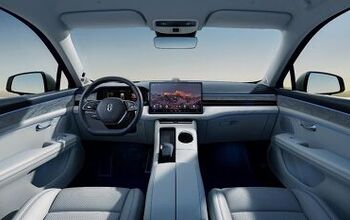


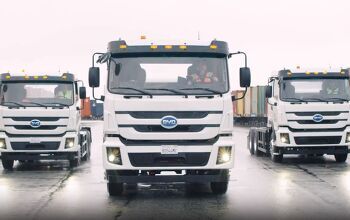
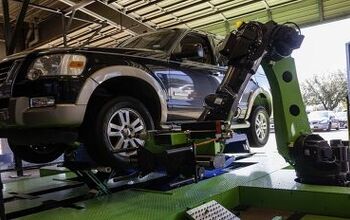
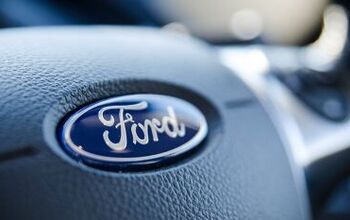

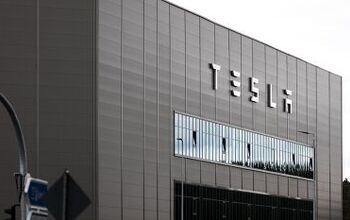
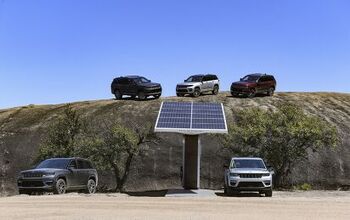
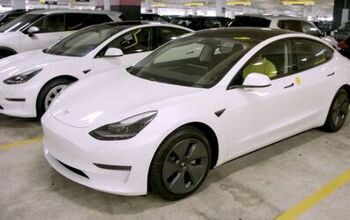
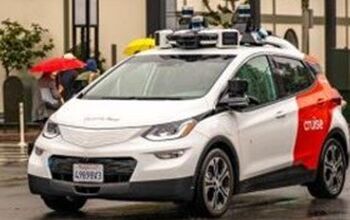
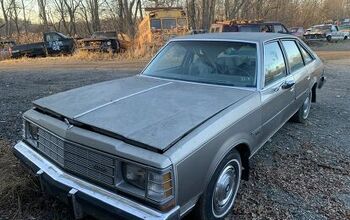
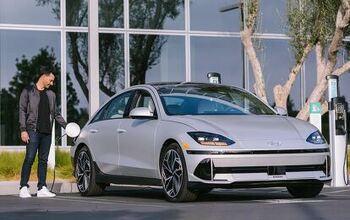
Comments
Join the conversation
Environmentalism is all about money?! Who knew?
Something just struck me. What they are going to do when you're charging at a public place is access the car's computer to harvest your data and bury it in a EULA somewhere (or in the future the judge will rule because you used their hookup they can enforce a EULA etc). Brave New World.